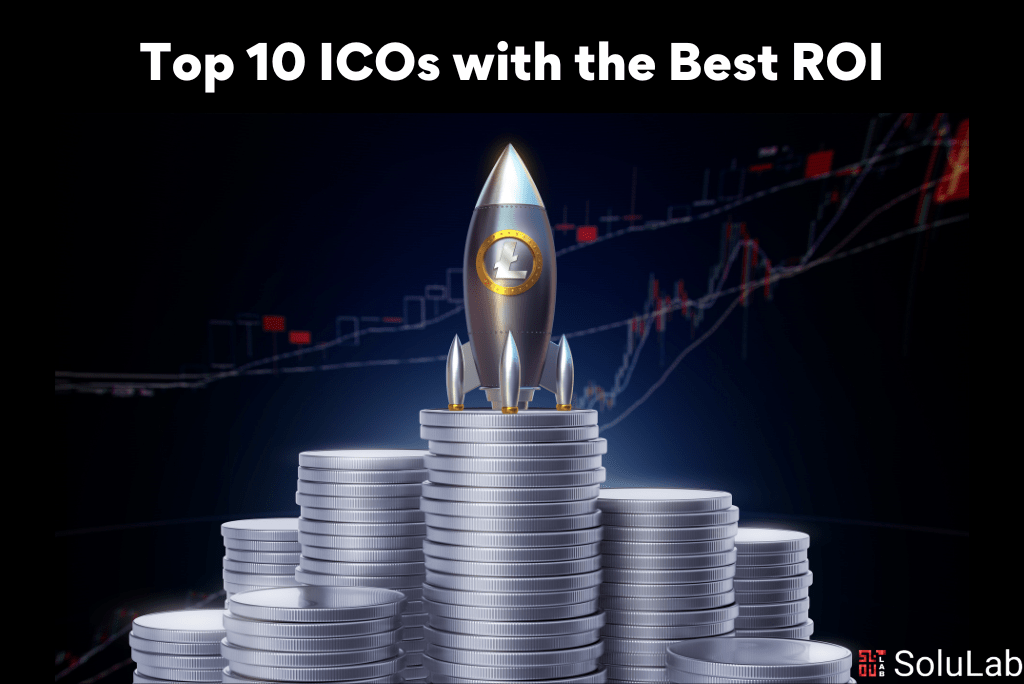Introduction
2017 was an incredible year for initial coin offerings. According to various reports, the total amount of funds raised through ICOs in 2017 ranged from $4 billion to $5.6 billion. At the end of 2016, that figure stood at just $225 million.
That said, according to the same reports, less than half of the total number of ICOs held in 2017 were successful, while 25% of the total amount was raised by just 10 projects. These statistics prove once again that potential investors should be very careful when choosing a new company to invest in.
We present the 10 most successful ICO campaigns to date in terms of return on investment. ROI is calculated by dividing the subtraction of the investment gain minus the investment cost by the investment cost.
1. NXT with 1,265 555% ROI
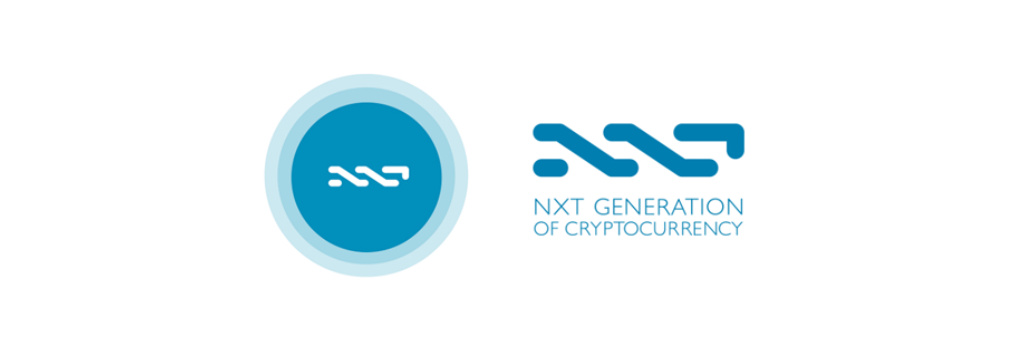
NXT is one of the oldest Blockchain-related projects. The official announcement was made on the BitcoinTalk forum on September 28, 2013 by an anonymous developer, who claimed to be an experienced forum member using a new account to remain anonymous.
In the announcement, NXT was described as a descendant of Bitcoin, which aimed to improve some of Bitcoin’s features, solve some of its problems, such as a bloated Blockchain, and move to a proof-of-interest algorithm.
The crowdfunding campaign also took place on the forum. In the end, the anonymous developer managed to raise about $16,800 worth of Bitcoin, distributing one billion tokens. Thus, the value of the NXT token at its ICO was only $0.0000168.
Today, NXT is a fully operational advanced blockchain platform. It provides its users with a modular toolkit that allows them to build their own Blockchain-related applications. The platform also has its own asset exchange, messaging system and marketplace.
2. IOTA with 424,084% ROI

With a name based on the term IoT, or “Internet of Things,” IOTA is the first major cryptocurrency that doesn’t actually use a blockchain to conduct transactions. Instead, it runs on a system called Tangle. The system requires its users to verify a transaction at the exact same time it is made. This allows for fee-free transactions, among other things.
IOTA an innovative and original project, so it’s easy to see why the ICO held in late 2015 was a success, with over $400,000 raised. All of the $1 billion IOTA tokens were sold for less than $0.001 while an all-time high of $5.25 was reached on December 19, 2017.
3. NEO with 378,453% ROI
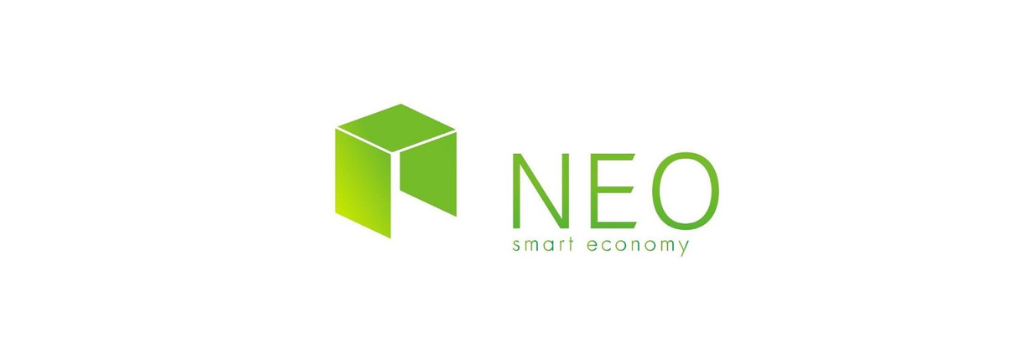
Neo is a project often referred to as “China’s Ethereum”. It also uses Smart Contracts, but adds decentralized trading, digitized assets and identification to the mix.
Chinese developers are creating a blockchain that would represent legal proof of ownership and be accepted by society at large, not just the crypto-currency community.
At the time of the ICO, there probably wasn’t even a single investor who doubted the value of investing in Neo. The project was backed by big names such as Microsoft and Alibaba. Naturally, the ICO held in October 2015 was a great success, with 17.5 million tokens sold for $556,500. A year later, in September 2016, Neo held a second crowdsale in which it sold 22.5 million tokens and raised over $4.5 million.
The original ICO price of the Neo token was $0.032, while an all-time high of $198.38 was reached on January 15, 2018.
4. Ethereum with 279,843% ROI
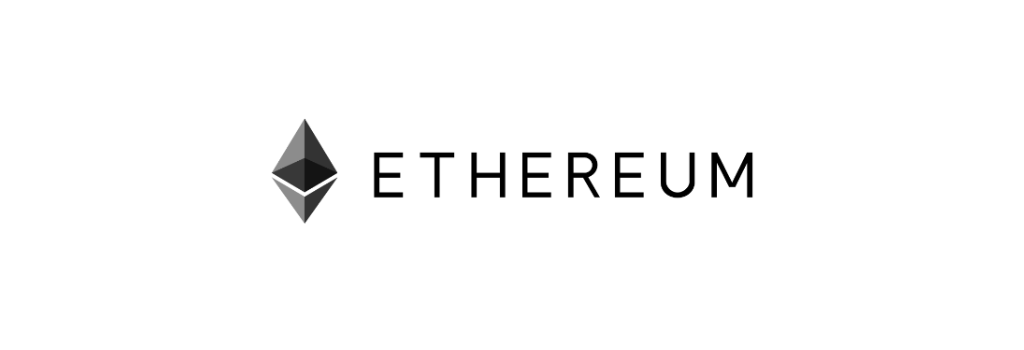
Everyone who is remotely interested in crypto-currencies has heard of Ethereum. It is a blockchain that allows its users to create and run decentralized applications (dapps) as well as implement and use Smart Contracts.
The mastermind behind the platform, Vitalik Buterin, is perhaps the most well-known person and a poster-boy of sorts for the entire crypto community. In addition, through its Ethereum Enterprise Alliance, the platform works in cooperation with hundreds of major customers, including the world’s largest companies, to implement Blockchain technology and Smart Contracts around the world.
Ethereum’s ICO was held in the summer of 2014. Naturally, it was a great success, the team managed to raise $15.5 million, selling 50 million tokens at a price of $0.311 per token. On January 13, 2018, Ethereum reached its all-time high of $1,448.18.
Read more: A Guide to Reaping Profits from an ICO
5. Spectrecoin with 149,806% ROI
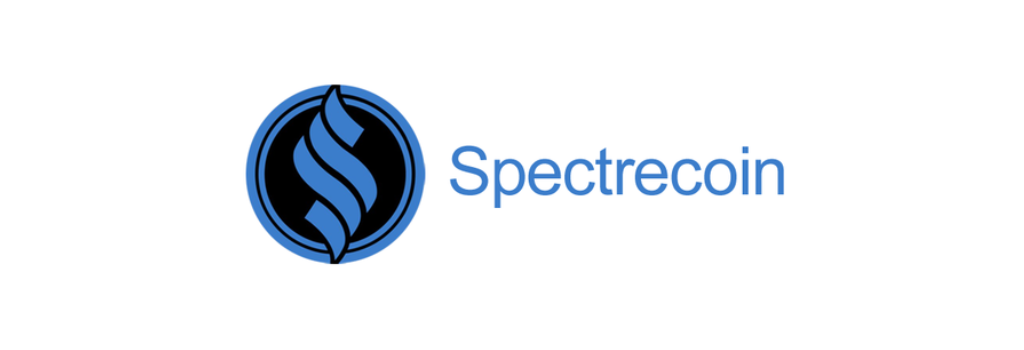
Spectrecoin is one of many crypto-currencies that prioritize privacy and anonymity above all else. To do this, Spectrecoin combines a blockchain with a tokenized signature system.
In cryptography, a ring signature is a type of digital signature that can be performed by any member of a group of users who each have a key. It is impossible to know which particular member of the group signed for a transaction. Moreover, any group of users can be used as such without any additional configuration.
Unlike most other crypto-currencies, Spectrecoin uses the Tor network to increase privacy at the network level. All nodes communicate with each other exclusively via Tor, which means that Spectrecoin transactions pass through a series of intermediaries before reaching their destination, thus becoming untraceable. The network even provides a way to hide the fact that it uses Tor via a technology called OBFS4.
The team behind Spectrecoin (naturally, completely anonymous) held its ICO from November 18, 2016 to January 6, 2017. 19 million tokens were sold and the team managed to raise $15,500. Each token was sold for only $0.001, while it reached $6.28 on January 2, 2018.
6. Stratis with 102,338% ROI
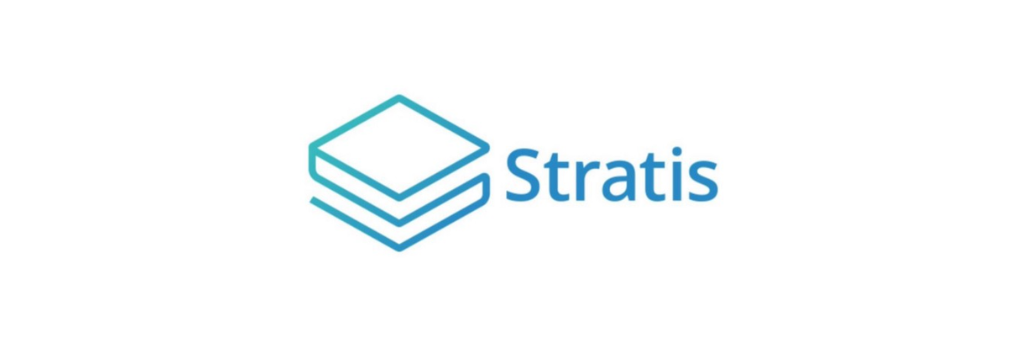
Stratis is a project that offers end-to-end solutions for developing, testing and deploying Blockchain applications for businesses around the world. The startup has created a platform that is fully compatible with .NET and C#. Microsoft has added Stratis’ Blockchain-as-a-service (BaaS) to its Azure Cloud service, which is geared toward companies looking to build internal Blockchain solutions.
With such overwhelming support from Microsoft, Stratis’ ICO was always going to be a success. The project raised $610,000. Tokens were sold for $0.007, while an all-time high of $21.21 was reached on January 8, 2018.
7. ARK with 37 805% ROI

Ark’s goal is to create an entire ecosystem of interconnected Blockchains, essentially bringing them together into one massive “spider’s web” of use cases. Interestingly, the project is collaborative and decentralized from start to finish: it has 17 core members from 11 different countries.
The project held its ICO from November to December 2016, successfully raising nearly $950,000. The ICO price of its token was only $0.01, while the token managed to reach $10.20.
8. Lisk with 26,367% ROI

Lisk is the world’s first blockchain-based modular platform. This means that it has one main chain — a chain that currently hosts the LSK currency and will become a hub for all sidechains once the platform is fully operational. The sidechains are very similar to personal Blockchain, they can be easily built and adapted with Lisk tools.
The platform will allow developers to build their own apps, host them on their own custom sidechains, and even hold ICOs. More importantly, Lisk’s applications are the natural first choice for most developers, as they are built using Javascript.
The project has many well-known Ethereum players on board, so naturally, their ICO was a huge success. Held in February and March 2016, the crowdfunding campaign netted the List team $5.7 million. The token was sold for $0.076, and its all-time high was $38.8 on January 7, 2018.
9. DigixDAO with 12,044% ROI

One of the main features of Ethereum is that it allows its users to create and manage decentralized DAOs or autonomous organizations. This is a whole new way of structuring businesses, as there are no bosses or people in charge of the whole business. Instead, all decisions are made through proposals and votes.
DigixDAO was one of the first major DAOs created on the Ethereum platform. Interestingly, the project uses two tokens: DGD and DGX.
DGD tokens were sold to investors during the ICO. It’s worth noting that when it comes to DAOs, token sales aren’t just about attracting funds. The coins purchased effectively give investors the right to vote in proposals submitted to the DAO. In this way, each token holder can participate in shaping the future of the organization.
DigixDAO aims to create a new, stable crypto-currency backed by real gold bars. That’s where DGX tokens that represent a gram of gold come in. The gold bars have all gone through a Proof of Assets protocol and their existence is proven on the Ethereum Blockchain. DGX tokens can actually be withdrawn into gold bars and redeemed by each token holder.
The participating vault is located in Singapore and can safely store up to 30 tons of gold. In the future, however, DigixDAO hopes to open additional vaults around the world.
DigixDAO made history when it completed the first fundraising round on the Ethereum blockchain. In March 2016, the project successfully raised its $5.5 million goal in just 12 hours. DGD tokens were sold for $3,235 and the token reached its all-time high of$409.6 on February 3, 2018.
10. Qtum with 9,225% ROI

QTUM, which is actually pronounced “quantum,” is a project that integrates Ethereum’s Smart Contracts with the stable Bitcoin Core blockchain, while using a proof-of-stake algorithm for verification. The main goal of the project is to increase the number of applications using Smart Contracts, especially for commercial purposes.
Thus, QTUM benefits from the best of the new developments of the Bitcoin and Ethereum communities. In addition, QTUM aims to introduce tools, templates and various other smart contract options to make the creation and execution of smart contracts easier and more secure for businesses.
QTUM held its ICO in March 2017 and successfully raised $15.6 million in 117 hours. Tokens were sold at a price of $0.3 while an all-time high of $100 was reached on January 6, 2018.
Conclusion
While all of these projects managed to raise a significant amount of money to fund their ambitions, they seem to have benefited from a global hype in the cryptocurrency market. The new year 2018 corresponds more to a phase of disillusionment on the Gartner trend curve.
Blog Credits: Medium


